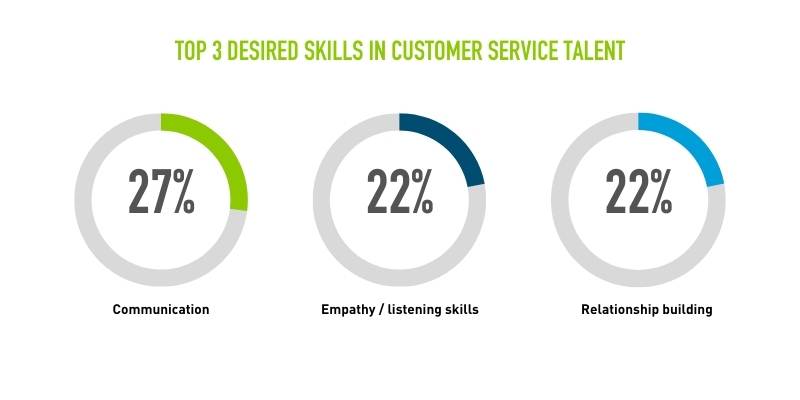As we start 2023, global economic uncertainty remains; so, in this episode of Talking Talent, we’re taking a look at how labour market trends are impacting different regions around the globe.
Over the past three years, we’ve heard a lot of the same words and phrases repeatedly: unprecedented, uncertainty, new normal and the list goes on. We would all prefer if these words stop echoing around in the backs of our minds, but we’re not there yet.
However, if we look at what is happening in different regions around world, we can gain a better understanding of where we stand globally. What are the biggest challenges and opportunities? What can we learn from each other?
In this episode, we hear from three of PeopleScout’s senior leaders, Managing Director of the Americas, Rick Betori, UK Managing Director and Head of EMEA Operational Delivery, Jon Porter, and Managing Director of APAC, Tim Powell.
In his role, Rick leads the North American client delivery, implementation and sales organisations. He has been with TrueBlue since 2011 and has over 25 years of proven experience driving organisational change and growth. An innovator in business delivery and operations, Rick served as the President of StudentScout until it was acquired by TrueBlue (PeopleReady’s parent company), when he joined PeopleReady’s leadership team.
Jon started his career in finance with KPMG but has spent the last 25 years partnering with commercial and public sector organisations to find solutions to their resourcing problems. Responsible for our EMEA RPO and talent advisory business, his role covers all aspects of client engagement, service delivery and colleague development. Jon joined PeopleScout as part of the company’s acquisition of TMP in 2018.
With a wealth of experience gained from nearly three decades in human capital consulting, RPO and related talent acquisition services, Tim leads PeopleScout’s operations in the APAC region. Tim joined PeopleScout in 2022 and has previously worked in key leadership roles with Deloitte, Accenture and Korn Ferry in APAC, Europe and North America. Tim’s commitment to diversity and inclusion is illustrated by his tenure as a Board member for both Fighting Chance Australia and Jigsaw Australia, two national social enterprises aimed at providing innovative work and wellness programs for people with disabilities.
In this episode, these three leaders discuss what their respective talent markets look like now, what should be top of mind for talent leaders in 2023 and how they can put the hard-learned lessons from the past three years into practice.


